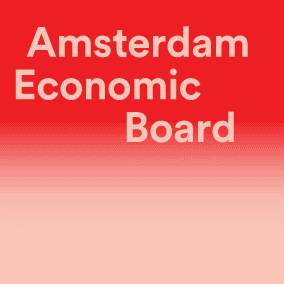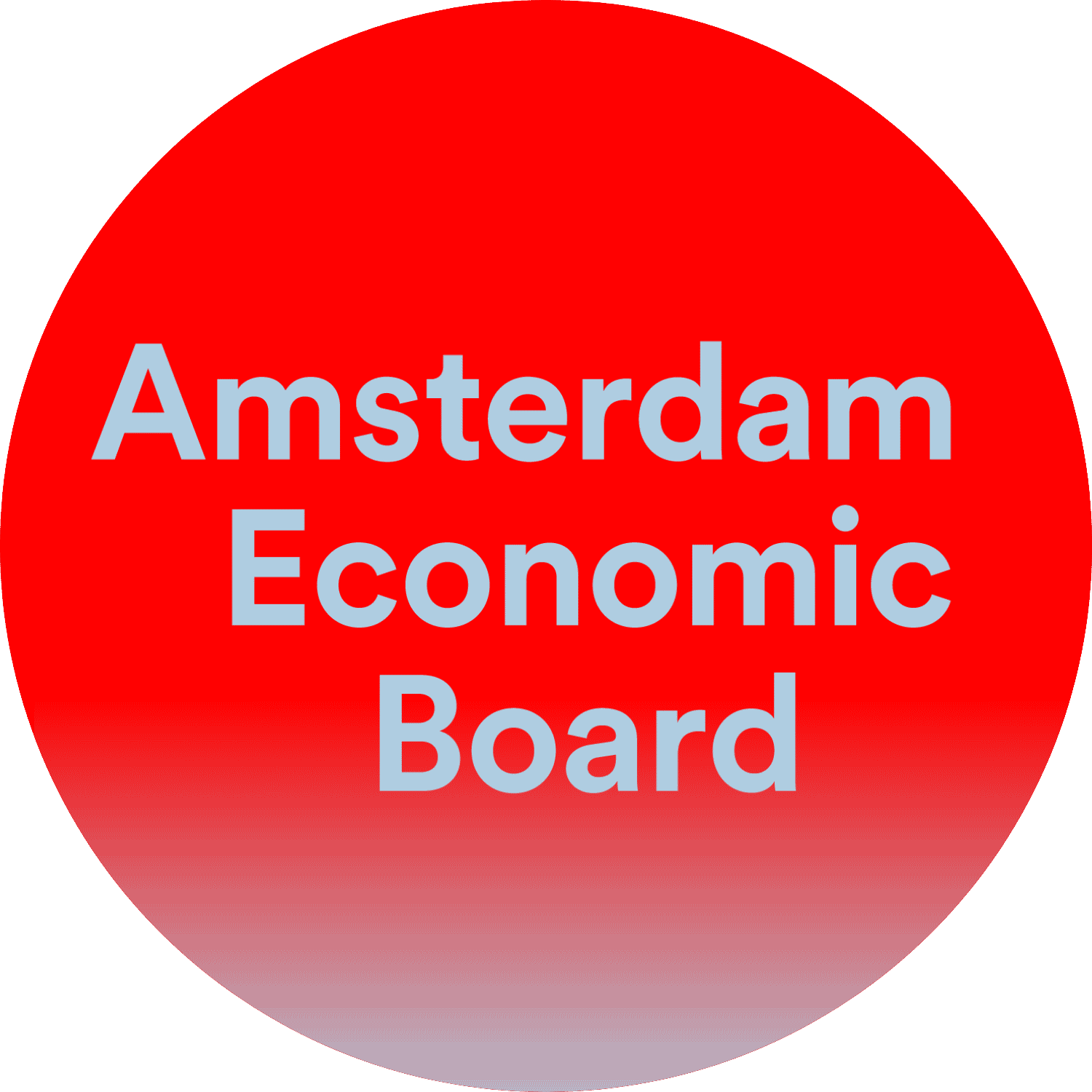Spaarstand maakt dataservers 10 procent zuiniger
Een coalitie van bedrijven en overheden uit de Amsterdamse datacenterketen heeft de afgelopen maanden een energiebesparing gerealiseerd van 10 procent, door dataservers, zonder prestatieverlies, in de ‘spaarstand’ te laten draaien.
Wil jij ook je dataservers in de spaarstand zetten? Download de handleiding Happy Flow.
Met deze handleiding boekt datacenter-energiebesparingscoalitie LEAP haar eerste aantoonbare succes in het doel om het energieverbruik met 20 tot 40 procent te reduceren in de komende drie jaar. De positieve resultaten van de pilots bij o.a. Schiphol, KPN, Rabobank en de Omgevingsdienst Noordzeekanaalgebied zijn inmiddels actief gedeeld met de partijen in de LEAP-coalitie. Het actief delen van de resultaten, aan de hand van informatie, instructie- en trainingsmateriaal, de zogenaamde ‘Happy Flow Manual’, moet de overstap naar brede ingebruikname van de energiezuinige ecomodus snel en efficiënt toepasbaar maken voor iedere organisatie.
“Datacenter moet omslag maken in het denken over stroomgebruik” – LEAP in het Financieele Dagblad van 22 januari 2021
- Energieverbruik van dataservers daalt door energieverbruik direct te koppelen aan werkbelasting
- Performanceverlies met energiezuinige instellingen van servers is niet waargenomen
- Kennis, toekennen prioriteit en gedragsverandering sleutels tot beter inzetten van de bestaande spaarstand op dataservers
De afgelopen tien jaar hebben ICT-energie-efficiëntieprogramma’s in Nederland, zoals de MJA3-ICT, geleid tot energie-efficiënte datacenters. De vraag naar energie in de ICT-sector zal de komende jaren toenemen als gevolg van een enorme toename van dataverkeer. LEAP is een initiatief om energie-efficiëntie van datagebruik met behulp van ICT verder te optimaliseren. Overheden, bedrijven en kennisinstellingen trekken hierin samen op om in een hoger tempo een duurzame digitale economie te realiseren.
“Uit deelname aan deze pilot blijkt dat je met een kleine inspanning een energiebesparing van 10 tot 13 procent voor elkaar krijgt. Dat is echt bijzonder. Het is vooral een kwestie van je instellingen nog eens nalopen en zorgen dat je servers draaien als ze ook echt performance moeten leveren. De angst dat daardoor je prestaties worden beïnvloed, is onterecht”, aldus Mark Spronk, Senior Project Manager bij Schiphol.
Eerste energie-optimalisatieslag gemaakt
Het aantal fysieke servers dat momenteel in Nederland actief is, ligt boven de miljoen. In dit onderzoek is naar 60 daarvan gekeken. Om deze dataservers in ecomodus te zetten, is geen technologische vernieuwing nodig. Het is een instelling die de klanten van datacenters zelf kunnen activeren in de hardware of de software, maar waar nog niet optimaal gebruik van wordt gemaakt.
Uit de pilots blijkt dat power management een gemiddelde besparing van 10% oplevert. Daarnaast blijkt dat beter gebruik van virtualisatie (taken samenvoegen in minder servers) kan resulteren in een nog groter effect. De pilots toonden aan dat veel server capaciteit onbenut is en dat door virtualisatie beter in te zetten het aantal servers omlaag kan. Dit bespaart zowel energie als materiaal. “Virtualisatie en consolidatie van 10 of meer van deze onderbenutte servers is gemakkelijk te doen en leidt tot veel hogere energiebesparingen dan door alleen powermanagement toe te passen op elke individuele server. Bovendien leidt het tot financiële besparingen en minder gebruik van kritieke materialen. Kort gezegd betekenen deze technieken dat bestaande servers meer werk verrichten, waardoor er minder fysieke servers hoeven te draaien in een datacenter.”, aldus Jelle Eric de Vries, Sustainability Advisor bij KPN. De combinatie van ‘virtualisatie’ en ‘powermanagement’ lijkt de beste mogelijkheden te bieden voor energiebesparing van dataservers.
“Spaarstand maakt datacenter fors zuiniger” – LEAP in het Financieele Dagblad van 21 januari 2021
Handleiding voor activeren ‘powermanagement’ en ‘virtualisatie’
Ondanks dat sommige bedrijven zich wel degelijk bewust zijn van de winst die energiebesparing kan opleveren, blijft het op grote schaal daadwerkelijk activeren van deze modus tot nu toe uit. Dat heeft drie redenen: een gebrek aan technische kennis over de kansen van virtualisatie, onterechte vooroordelen over prestatieverlies bij gebruik van powermanagement en een gebrek aan prioriteit en beleid. LEAP gaat organisaties helpen de stap naar ‘powermanagement’ te zetten door de ‘Happy Flow Manual’ toegankelijk te maken, die met de hardware vendoren is opgesteld. Een simpel eerste stappenplan waarmee alle organisaties die beschikken over dataservers, in eigen kantoor of in een datacenter, ‘powermanagement’ leren activeren en zich bewust worden van de kansen van virtualisatie en energie-efficiënter te werken.
- Download hier de Happy Flow Manual – LEAP versie 1.0
- Download hier het RVO-rapport met de volledige pilot resultaten
“We zijn erg verheugd dat we kunnen laten zien dat het toepassen van ‘powermanagement’ op dataservers leidt tot een directe verlaging van het energieverbruik van servers met gemiddeld 10 procent. Zonder prestatieverlies. Daarmee kan opgeteld energie ter waarde van 61.000 Nederlandse huishoudens worden bespaard. Een mooie eerste stap in een proces waarbij de focus vanaf nu verschuift van optimalisatie op basis van bestaande technologie naar onderzoek en ontwikkeling van nieuwe technologie, circulaire ICT-inkoop en gedistribueerde oplossingen. Vernieuwende ontwikkelingen en innovaties die ons dichterbij een duurzame digitale economie brengen.”, aldus Marjolein Bot, LEAP Lead bij de Amsterdam Economic Board.
Uitnodiging tot samenwerking
Met LEAP willen we laten zien dat samenwerking tot resultaat leidt en ruimte biedt voor groei. Het doel is om samen met hardwarefabrikanten, zakelijke klanten, ICT-beheerders, datacenters, overheden, kennisinstellingen, startups en consumenten het verschil te maken en stappen vooruit te zetten.
21 januari 2021
Meer weten over
Neem contact op
Blijf jij ook op de hoogte?
8x per jaar nieuws en events uit de regio: schrijf je in voor de Board Update nieuwsbrief
Deel dit artikel
Wil je op de hoogte blijven?
Volg ons dagelijks op LinkedIn en schrijf je in voor de Board Update nieuwsbrief.
Lees ook deze berichten
- Met de selectie van vier kanshebbers is de regionale voorronde van de ...
- Met meer dan 80 ondernemers, 40 investeerders en diverse dienstverleners bood LSH Capital Match ...
- In tijden van geopolitieke spanningen, technologische revoluties en politieke onzekerheden is het ...

